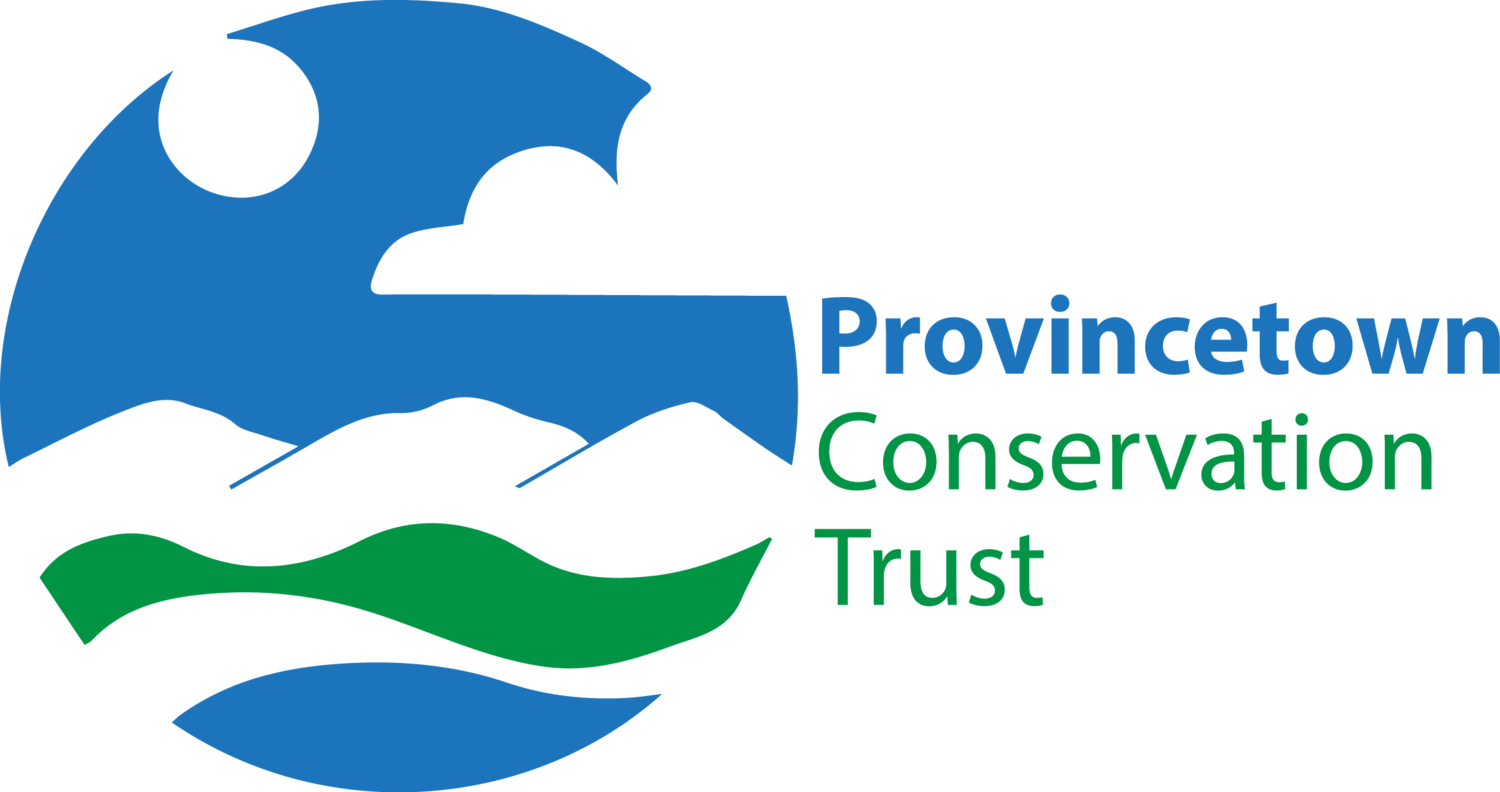Reprinted from Cape Cod Times, April 26, 2021
By Mark H. Robinson
After 51 Earth Days, we finally have a president who sets a bold vision for open space conservation in the United States. Acknowledging the importance of preserving natural areas as a mitigation strategy for climate change, President Biden’s 30 x 30 initiative seeks multi-level cooperation to set aside 30% of the nation’s land and waters as conserved lands by 2030.
We all can and must do our part if we have any chance of meeting this and other ambitious climate goals and maybe just saving the planet from epic disruption. Currently, only 12 % of America is held in a protected status.
Here in Massachusetts, we are doing a bit better. The tenth smallest state has the tenth largest state park system. We have set aside about 20% of the state from development, most of it since the 1980s. On the Cape, anchored by the 27,000-acre Cape Cod National Seashore (est. 1961) and the 15,000-acre Upper Cape Water Supply Reserve at Joint Base Cape Cod (est. 1999), and with the 9,500 acres purchased by the 15 towns and land trusts from 1985 to 2020, we are around the 30% conserved land goal.
Some towns have a lot more than 30% (Truro has 70%) and some a lot less (Harwich, 18%). So what does the 30 x 30 strategy mean on Cape Cod, where less than 20% of the land mass is still up for grabs?
We no longer see the sprawling residential subdivisions of half-acre and one-acre lots that ravaged the Cape’s re-emerging forests in the 1970s and 1980s. But we do see new threats to our lands not imagined before. In a rush to embrace alternative energy technologies, the state has not discouraged solar sprawl in our forests. A solar developer admitted to me that it is still cheaper to clear-cut a forest for massive solar arrays than elevate them over parking lots or commercial rooftops.
“Perceived open space,” those unprotected lands that work as part of our green fabric, including campgrounds, golf courses, fish and game clubs, farms and cranberry bogs, are less and less economically viable. In 2003, there were 9,900 acres of those land uses on the Cape.
Now, Falmouth’s Cape Cod Country Club is proposed for conversion to solar arrays. The Cape Cod Sea Camps in Brewster, at 120 acres the largest, private undeveloped landholding east of Bass River, will be on the market this year. Twin Brooks Golf Course, the only remaining large open space in downtown Hyannis, is under agreement for a 300-unit apartment complex. Some of the Cape’s most honored families in cranberrying want out after 150 years; their lands are steadily coming on the market, such as 31-acre Jenkins Bog in Harwich.
Perhaps we should set a goal aligned with 30 x 30 that recommends that Cape Codders strive to preserve all remaining unprotected parcels greater than 30 acres. We would be surprised how few there really are. We need affordable housing and solar arrays and all sorts of other societal needs that involve land, but they can be scattered usefully within our communities. But parcels with width and breadth to their dimensions, say 30-acre blocks, have added value for wildlife habitat and water quality and climate mitigation that a scattered assemblage of six 5-acre parcels do not.
Voters across Cape Cod have risen to almost every opportunity to preserve our land and waters, our heritage. Cape Codders, like our new president, believe in open space. In this long pandemic period, we came to realize more than ever how precious those lands are to our health. They were often the only safe places to socialize. They have always been safe havens for peaceful, personal inspiration and introspection. Let’s pledge our own 30 x 30 — that by 2030 we will work hard to preserve all the remaining 30 or more acre tracts that we still have a chance to preserve.

